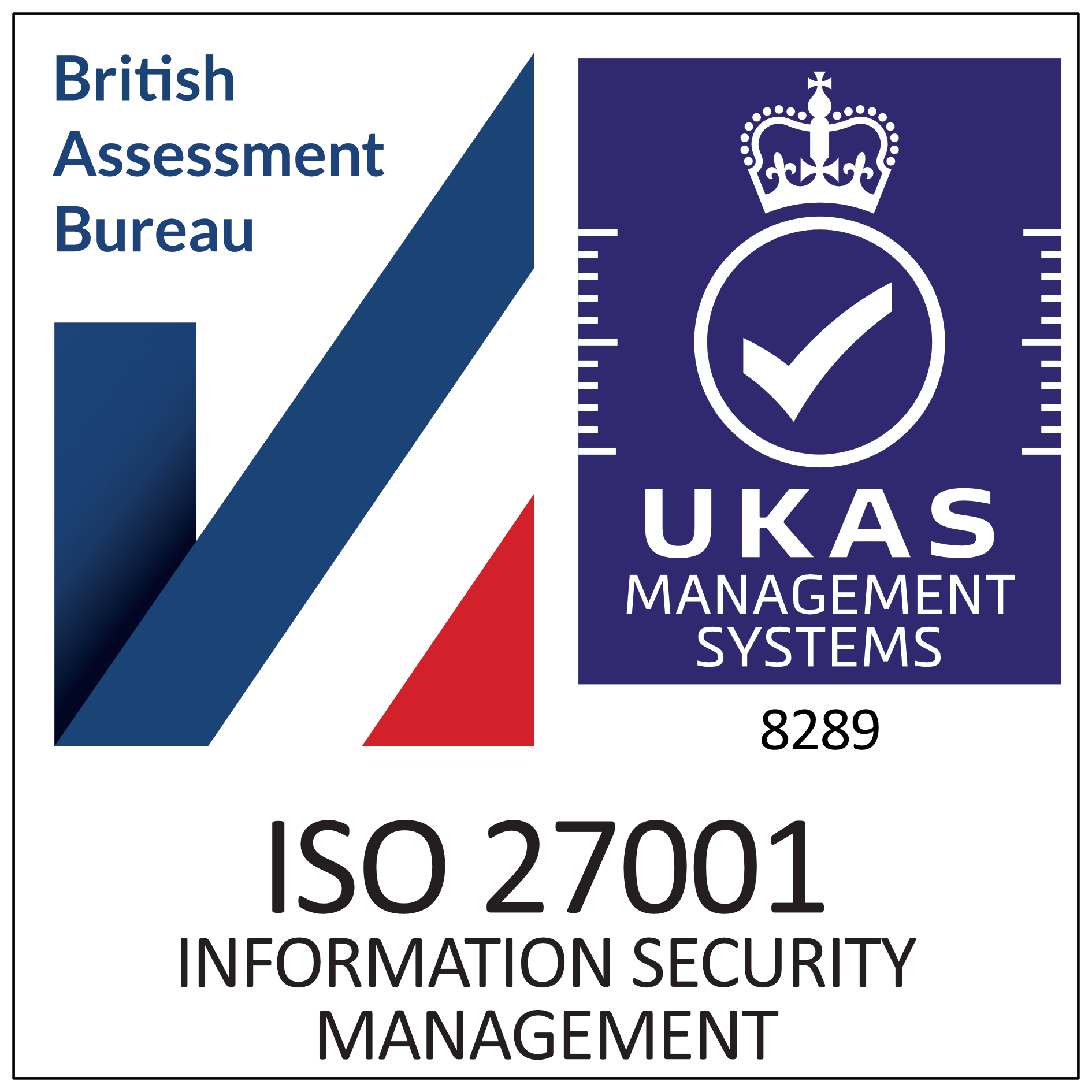
No modern workplace can function effectively without meetings. Whether they are team huddles, strategy sessions, or one-to-ones, meetings enable individuals to collaborate, exchange ideas, and build stronger working relationships. However, while they are often essential, the hidden costs—both in terms of time and productivity—are increasingly hard to ignore for a lot of organisations.
In this comprehensive overview, we’ll explore the benefits and drawbacks of meetings, dive into the latest statistics, and consider how organisations can run their meetings for maximum effectiveness. We also highlight the role of professional transcription services like TP Transcription Ltd, which can drastically improve meeting outcomes through accurate records and actionable summaries.
Why Meetings Still Matter
Meetings remain crucial in today’s working environment for several reasons:
- Communication: They foster open dialogue between team members and across departments.
- Problem-solving: Face-to-face (or screen-to-screen) discussions allow for real-time brainstorming and faster decision-making.
- Cohesion: Particularly in hybrid and remote setups, meetings help maintain a sense of unity and shared purpose.
- Accountability: Clear roles, goals, and follow-ups can be defined, especially when aided by transcription or note-taking support.
General Meeting Statistics: An Eye-Opening Snapshot
Let’s examine some updated statistics that shine a light on how meetings function in modern businesses:
- The average UK employee spends approximately 392 hours per year in meetings. That’s over 16 full working days lost to meetings annually. (archieapp.co)
- The average length of a meeting has decreased by 20% since the COVID-19 pandemic began, reflecting the shift to shorter virtual sessions. (calendar.com)
- Around 65% of employees feel that meetings often prevent them from doing their actual work. (rev.com)
- 75% of workers admit to losing focus during meetings, with distractions including social media, online shopping, or multitasking.
- CEOs are particularly meeting-heavy: the average executive attends 37 meetings per week, which equates to 72% of their workweek.
Meetings, when not effectively planned or managed, quickly become time sinks.
Productivity Pitfalls: What Makes Meetings Go Wrong?
While meeting organisers often have a good intent—to foster collaboration and progress matters—they often fail to meet those goals. Below are some insights into why that happens:
- Too Many Meetings: A staggering 78% of professionals cite excessive meetings as the top reason for lost productivity.
- Unfocused Time: Only 37% of meetings have an agenda. Without a clear plan, meetings meander.
- Multitasking: 41% of workers admit to working on unrelated tasks during meetings.
- Lack of Preparation: Employees spend an average of four hours per week preparing for status update meetings.
- Lack of Follow-Through: When meeting actions aren’t captured or shared, progress stalls.
On the plus side, just one well-run, well-documented meeting can drive productivity for up to 2.5 years, according to research cited by Microsoft’s work trend index—a testament to the power of doing it right.
The Financial Cost of Meetings
Meetings aren’t just costly in terms of time—they also have a direct financial impact on businesses:
- The global cost of unproductive meetings is estimated at:
- £58 billion in the UK
- £73 billion in Germany
- £399 billion in the United States
- A 30-minute meeting involving three mid-level employees can cost between £600 and £1,300.
- Add an executive to the mix, and that same meeting can cost over £1,600.
- Coordinating, cancelling, and rescheduling internal meetings costs companies an average of £4,000–£5,000 per year.
- Each meeting delayed by 10 minutes adds up to nearly three days per employee per year spent simply waiting to begin.
Virtual vs In-Person Meetings: A Shifting Landscape
The COVID-19 pandemic accelerated the move to digital meetings, but are they truly effective?
- Between 2020 and 2022, virtual meetings surged from 48% to 77% of all business gatherings.
- 67% of workers believe virtual meetings can be just as productive as in-person sessions.
- Nonetheless, 76% of employees still prefer face-to-face contact when possible.
- Remote working also has its quirks:
- 42% of virtual attendees admit to joining meetings from their beds.
- 15% do chores while “listening” in.
When a Meeting Could Have Been an Email
Sometimes, it’s not about making meetings more efficient—but questioning whether they’re needed at all. Here are a few filters to apply:
- Urgency: Is a real-time response required?
- Collaboration: Does the discussion benefit from multiple viewpoints and live brainstorming?
- Complexity: Will questions arise that are better addressed live?
- Communication Type: Is the goal to inform, consult, decide, or delegate?
If your answer to these is largely “no,” a well-crafted email—or even a shared document—might suffice.
Tips for Running Smoother, Smarter Meetings
If you must meet, do it carefully. Planning makes all the difference. Here’s how to ensure it’s worth the time:
- Set a Clear Agenda: Share it in advance. This allows attendees to prepare and stay on topic.
- Stick to the Clock: Start on time. End on time. Respect everyone’s calendar.
- Limit Attendees: Invite only those directly involved in the subject matter.
- Assign Roles: Designate someone to take notes or, better yet, hire TP Transcription to transcribe the meeting with 100% accuracy. You could use an AI service, but then someone will need to listen to the whole thing to check for accuracy.
- Follow Up: Share a summary immediately afterward so everyone is clear on action items and responsibilities.









